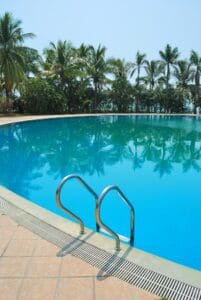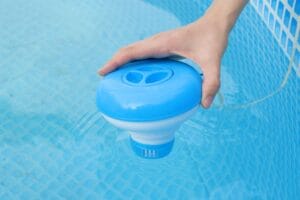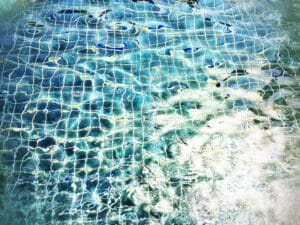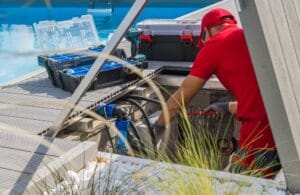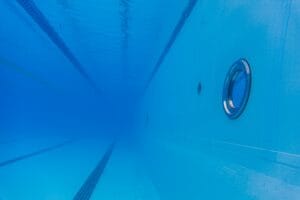How to Connect Swimming Pool Lights to a DMX512 System
DMX512 is a digital communication protocol widely used for lighting control in entertainment and architectural settings, including swimming pool lights. By connecting your swimming pool lights to a DMX512 system, you can achieve dynamic lighting effects, such as color changes, synchronized patterns, and dimming control. Here’s a step-by-step guide to connecting your swimming pool lights to a DMX512 system.
Step 1: Ensure Your Pool Lights Are DMX-Compatible
Before connecting your pool lights to a DMX512 system, confirm that the lights are compatible with DMX512. Most modern RGB or RGBW LED pool lights support DMX control, but you may need a DMX decoder or driver for non-DMX-compatible lights.
• DMX-Compatible Lights: These lights have a built-in DMX receiver and can be directly controlled via a DMX controller.
• Non-DMX Lights: Require a DMX decoder to translate DMX signals into commands the lights can understand.
Step 2: Gather Necessary Components
To set up your DMX512 system, you’ll need the following:
• DMX Controller: This sends signals to control the lights (e.g., a lighting console or software-based controller).
• DMX Decoder (if needed): Converts DMX signals for non-DMX lights.
• DMX Cables: Used to connect the controller, decoders, and lights.
• Power Supply: For the pool lights and DMX components.
• Termination Resistor: Installed at the end of the DMX line to prevent signal reflections.
Step 3: Plan Your DMX Network
DMX512 operates on a daisy-chain topology, meaning devices are connected in series. Plan the layout of your network based on the number of lights and their placement.
• DMX Addressing: Assign a unique DMX address to each light or group of lights. This allows the controller to communicate with each light individually.
• Channel Allocation: Each light may use multiple DMX channels (e.g., RGB lights typically use 3 channels: one each for red, green, and blue).
Step 4: Connect the DMX Controller to the First Light or Decoder
1. Connect the DMX Controller:
• Plug the DMX controller into the first light or decoder in the chain using a DMX cable.
• Most DMX controllers have 3-pin or 5-pin XLR connectors.
2. Power the Controller:
• Ensure the controller is properly powered and configured.
Step 5: Daisy-Chain the Lights or Decoders
1. Connect Additional Lights:
• Use DMX cables to connect the “DMX Out” port of the first light or decoder to the “DMX In” port of the next device.
• Continue this daisy-chain setup until all lights or decoders are connected.
2. Terminate the DMX Line:
• Install a DMX terminator (a 120-ohm resistor) at the last device in the chain. This prevents signal reflections and ensures stable communication.
Step 6: Configure DMX Addresses and Channels
1. Set DMX Addresses:
• Use the DIP switches or digital display on each light or decoder to assign DMX addresses. For example:
• Light 1: Channels 1–3
• Light 2: Channels 4–6
• Light 3: Channels 7–9
2. Verify Channel Settings:
• Refer to the light or decoder manual for specific channel requirements.
Step 7: Program the DMX Controller
1. Connect to a Programming Interface:
• If using a software-based DMX controller, connect it to your computer via USB or Ethernet.
2. Create Lighting Scenes:
• Use the controller’s interface to program scenes, such as color fades, strobe effects, or synchronized patterns.
3. Test Controls:
• Test each light to ensure it responds correctly to DMX commands.
Step 8: Test and Optimize the System
1. Test Lighting Effects:
• Run your programmed scenes to verify that all lights respond as intended.
• Check for issues like flickering, which may indicate loose connections or improper termination.
2. Adjust Light Placement:
• Optimize the angle and intensity of lights for the desired effect in your pool.
Step 9: Maintain the System
• Inspect Connections: Regularly check DMX cables and connections for damage or corrosion, especially in outdoor or poolside installations.
• Clean Fixtures: Keep light fixtures free of dirt, algae, and calcium buildup.
• Update Software: If using a smart DMX system, ensure the firmware and control software are up to date.
Common Issues and Troubleshooting
• Lights Not Responding:
• Check DMX addressing and ensure there’s no address conflict.
• Verify that the controller is sending signals and all connections are secure.
• Flickering or Inconsistent Behavior:
• Ensure the DMX cable runs are under the maximum limit (typically 100 meters).
• Install a termination resistor if flickering persists.
• Incompatible Components:
• Confirm that all devices in the chain support DMX512 and are correctly configured.
Conclusion
Connecting swimming pool lights to a DMX512 system can transform your pool area with stunning, customizable lighting effects. By carefully planning your setup, ensuring proper connections, and programming your controller effectively, you’ll enjoy a versatile and reliable lighting system that enhances your pool’s ambiance and functionality. If you’re new to DMX systems, consider consulting a professional for installation to ensure everything is done safely and efficiently.


